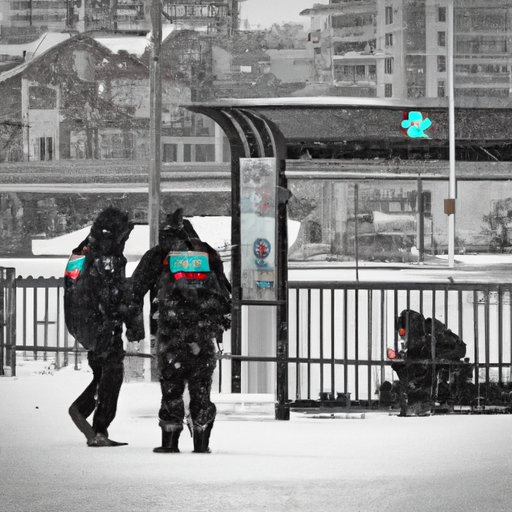Opioid Crisis Intensifies: A Closer Look at Barrie’s Fight
As the opioid crisis persists, community leaders and civic heads must stay abreast with the evolving landscape of this public health ordeal. Of late, Barrie, a city in Ontario, Canada, is witnessing a considerable surge in opioid-related incidents. According to a recent CTV News report, the city’s authorities are unswerving in stepping up measures such as increasing police presence and equipping first responders with naloxone, a life-saving drug that can reverse the effects of an opioid overdose.
Soaring Opioid-Related Incidents
The Barrie police was reportedly called upon to respond to 251 incidents last year. Nearly 40 percent of these events involved methamphetamines, whereas 10 percent involved opioids. Remember, this is not merely a Barrie issue but a nationwide struggle. Homeless people, in particular, are increasingly vulnerable, making homelessness and the opioid crisis intertwined issues that call for terribly needed national attention and action.Specifically, the opioid class action against pharmaceutical companies is a step in the right direction.
The Catalytic Role of Homelessness
According to the Barrie Police Service, four out of five of those involved in opioid-related incidents are homeless. The police chief himself has admitted that homelessness is thriving in the downtown core, hinting at a strong correlation between homelessness and the opioid crisis. Furthermore, the frigid conditions during winter exacerbate people’s structural vulnerability, making opioids dangerously appealing for those dealing with extreme cold and despair. Thus, addressing homelessness is integral to tackling the opioid crisis.
Action-Oriented Approach: A Police Presence Uplift
Understanding the gravity of the situation, the Barrie Police Service is endeavoring to brighten the grim picture through increased police presence, especially in areas where opioid-related incidents are rampant. Not solely sympathizing but empathizing with the community, Police Chief Greenwood has requested the city’s authorities to offer five additional police officers to combat the intensifying situation.
Savior in Reversing Overdose: Naloxone
Naloxone, quite literally a lifesaver, has been incorporated into front-line officers’ toolkit since 2018. With naloxone’s ability to reverse an opioid overdose, it’s a critical weapon in combating the opioid crisis. Hence, arming officers with naloxone kits serves a dual purpose – enabling the police to respond effectively to opioid-related incidents and building community confidence in the force.
Key Points:
- Barrie is grappling with a surge in opioid-related incidents, necessitating urgent action.
- Opioids and homelessness are interlinked issues, with four out of every five people involved in opioid incidents being homeless.
- Increased police presence is one proactive measure being taken to address the crisis.
- Naloxone, a medication that can reverse an opioid overdose, is one of the tools being used by the Barrie Police Service to fight the crisis.
In Summary
The opioid crisis in Canada continues to amplify, with homelessness being a significant contributing factor. Areas like Barrie are taking tangible action, boosting police presence and using life-saving tools like naloxone, to tackle the situation. Recognizing that the opioid crisis is not an isolated issue and creating plans that address interconnected problems such as homelessness is a start to overcoming this public health fright. The fight is also being carried forward on a judicial front through the ongoing opioid class action against pharmaceutical companies.
Up Ahead
As the crisis evolves, so must our methods and approaches to combat it. It is pivotal for communities across the country to exchange experiences and best practices. Together, we can accelerate our pace towards ending the opioid crisis. It’s a tough battle, but we remain optimistic that the combined efforts of our communities can pave the way for safer, healthier futures for all Canadians.
